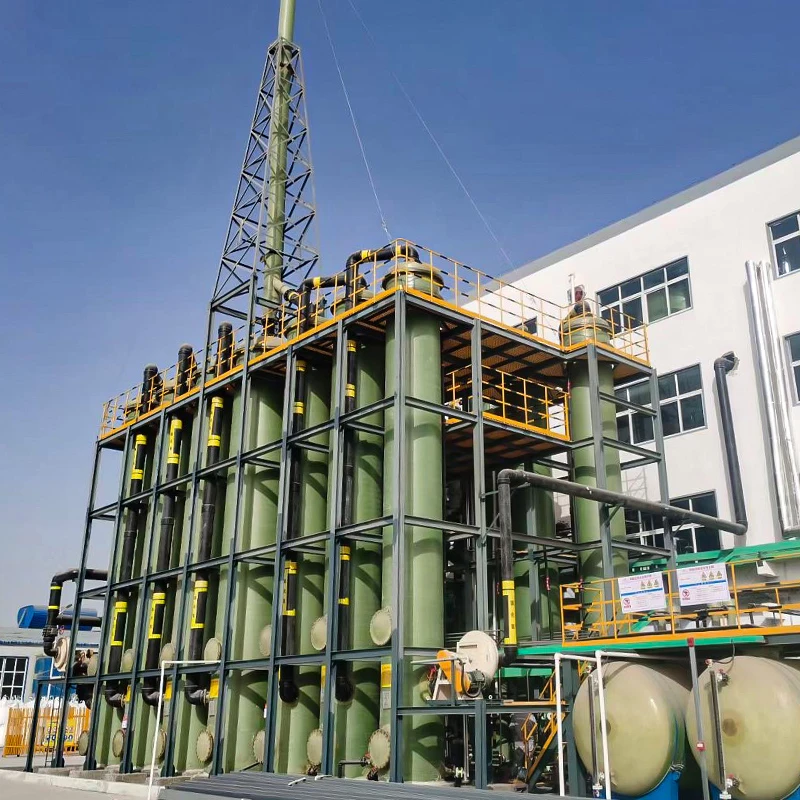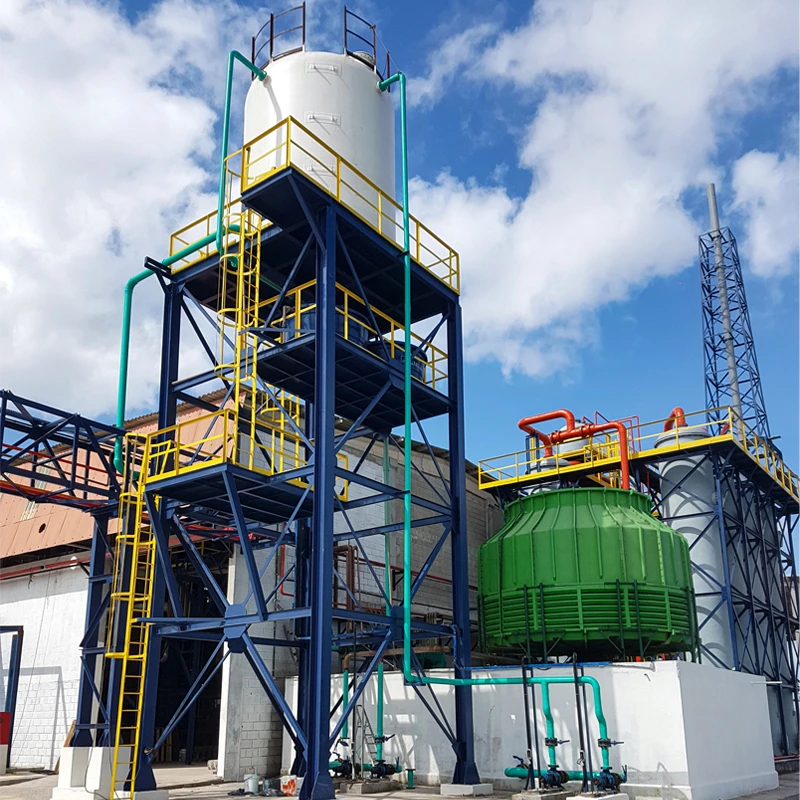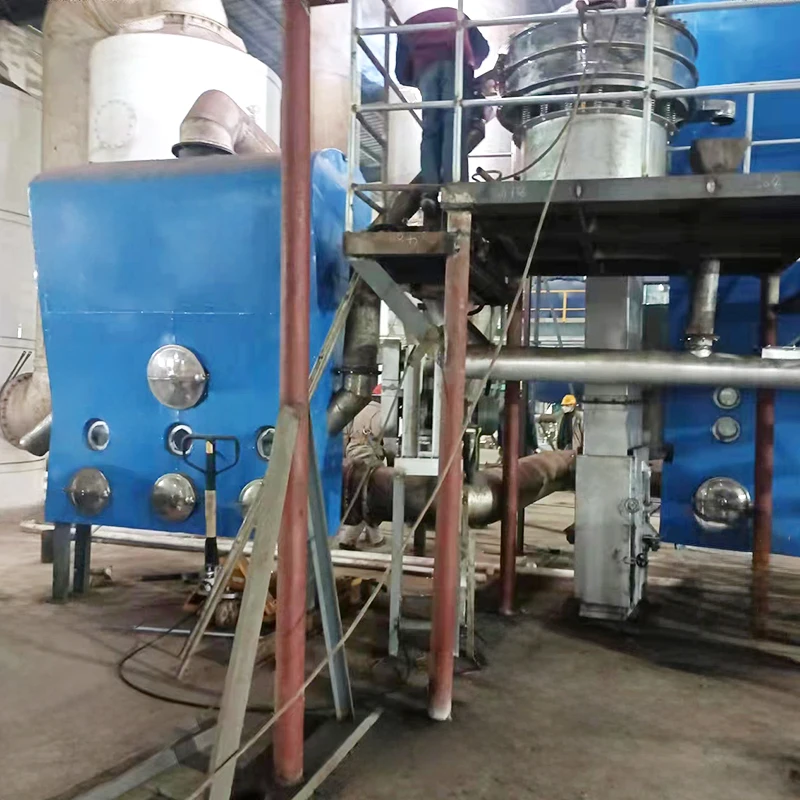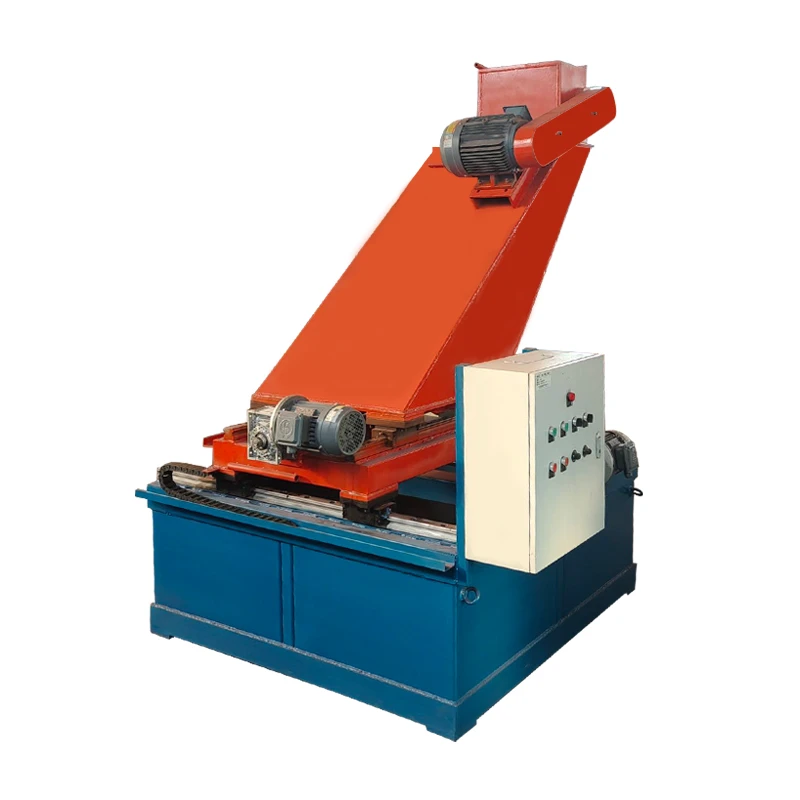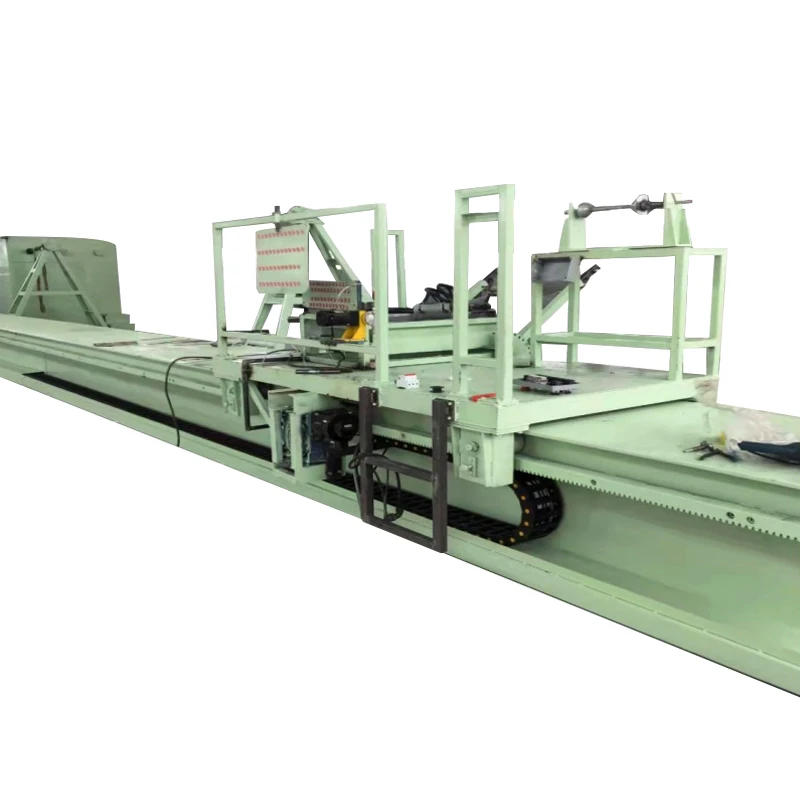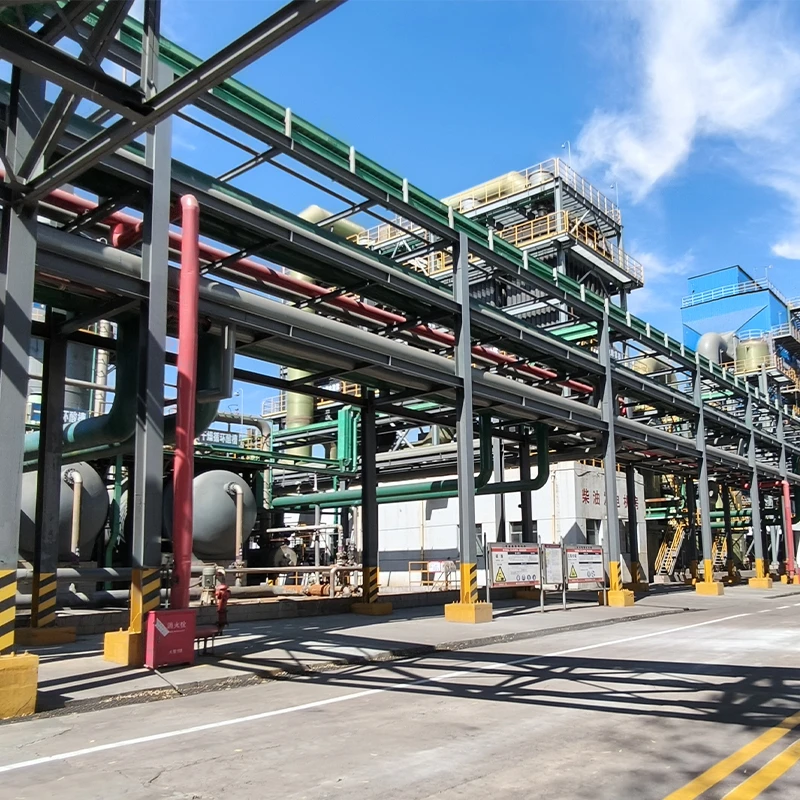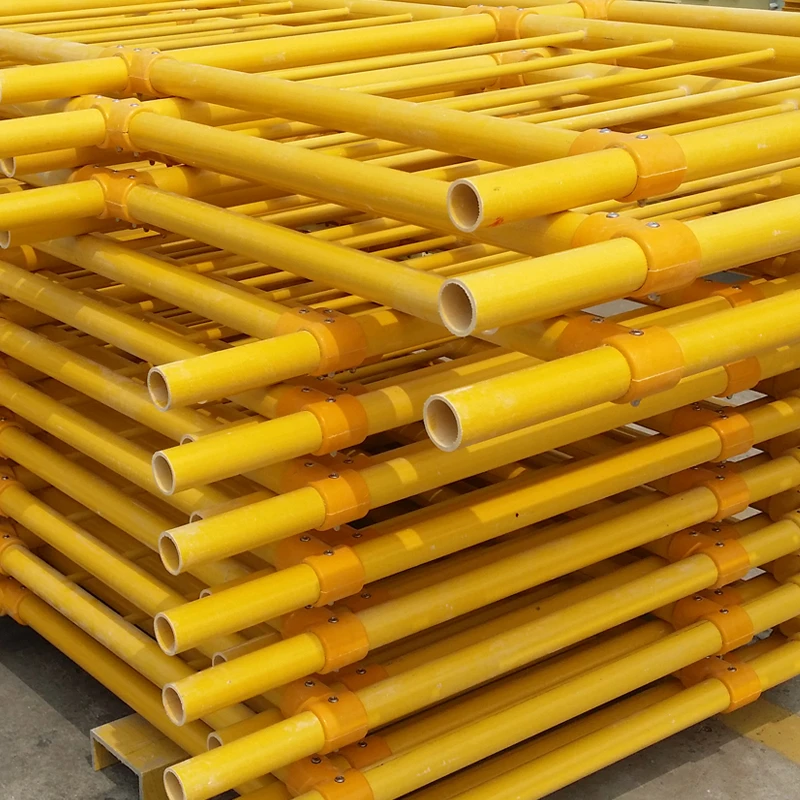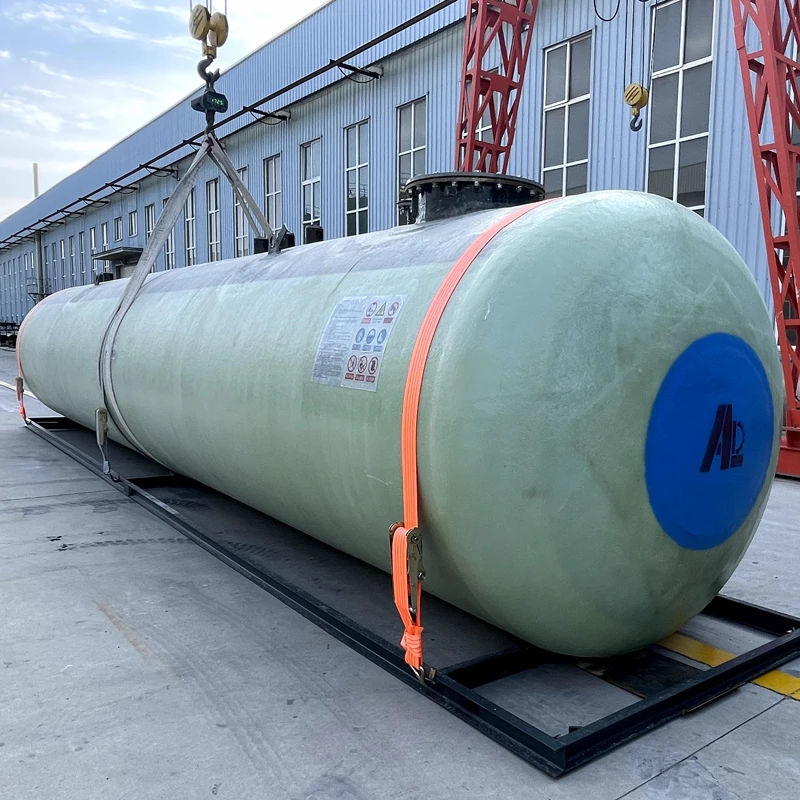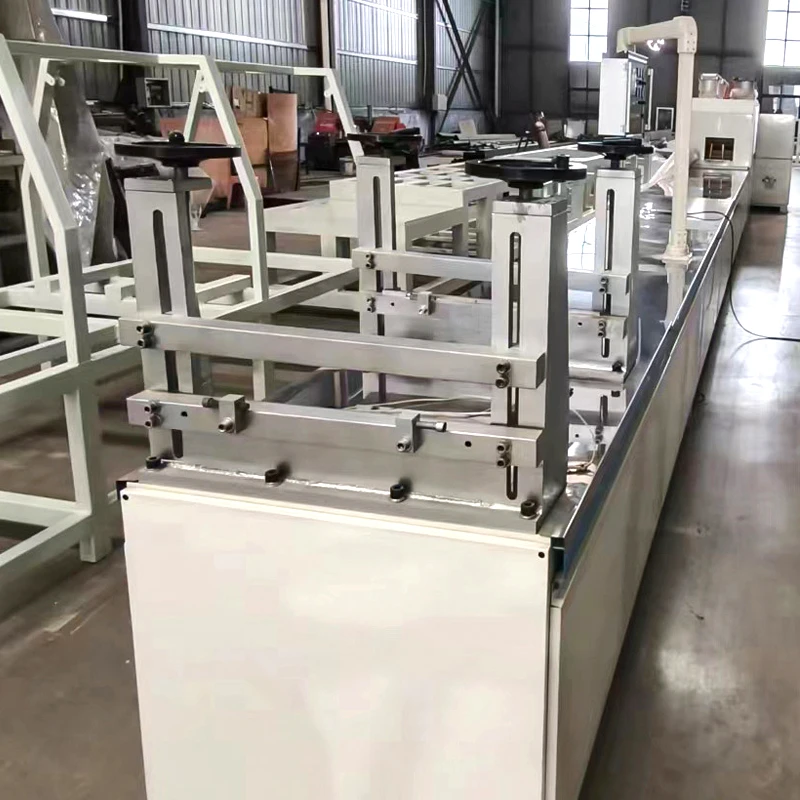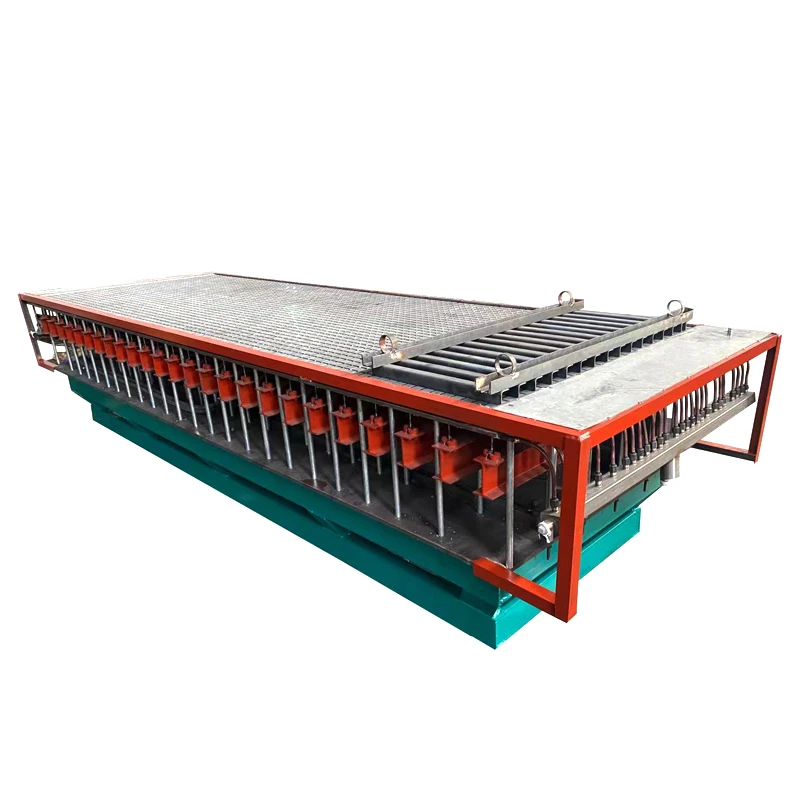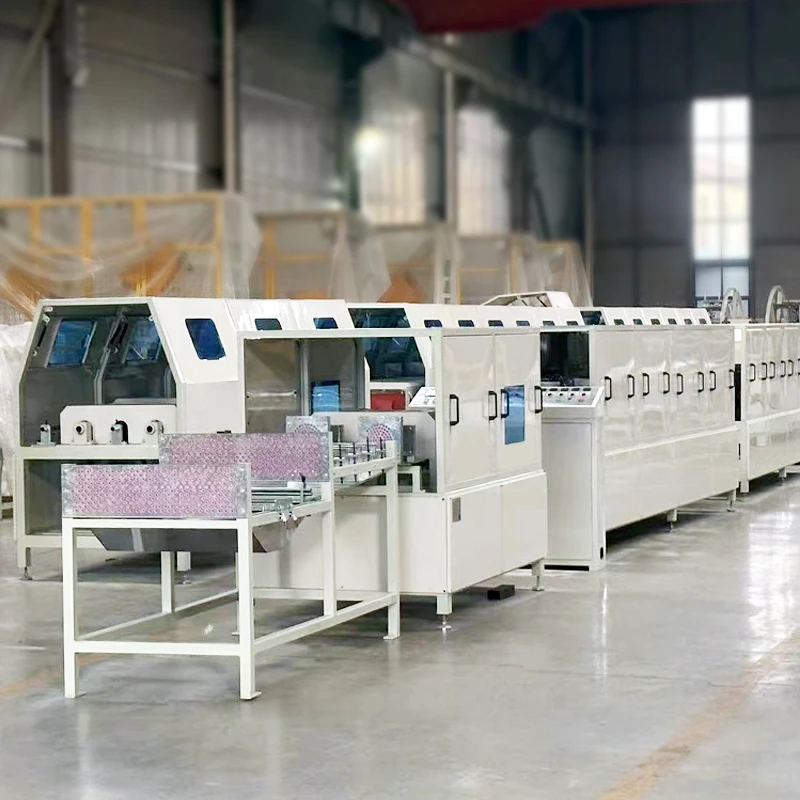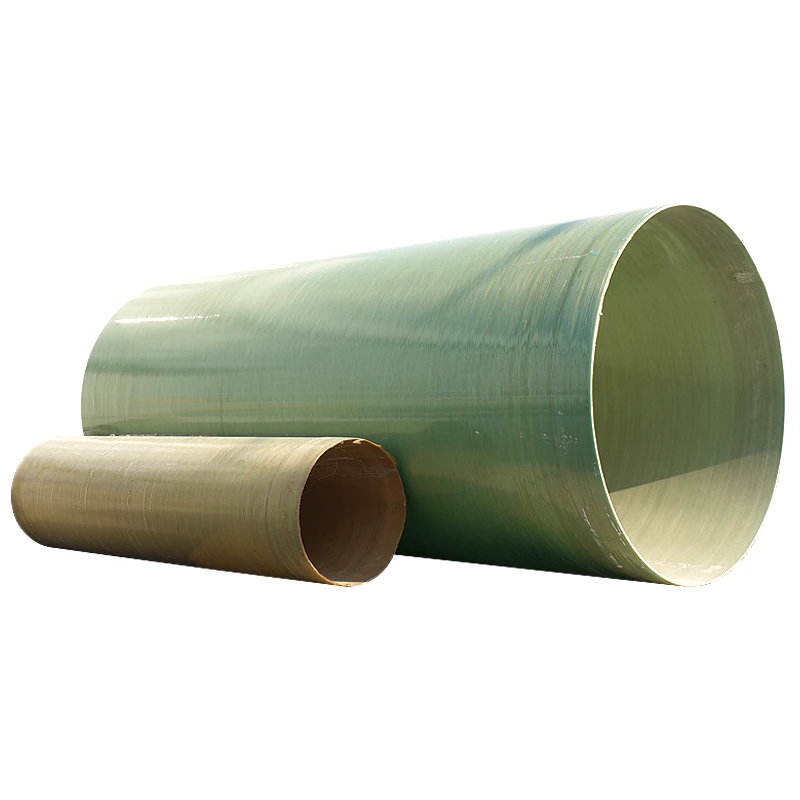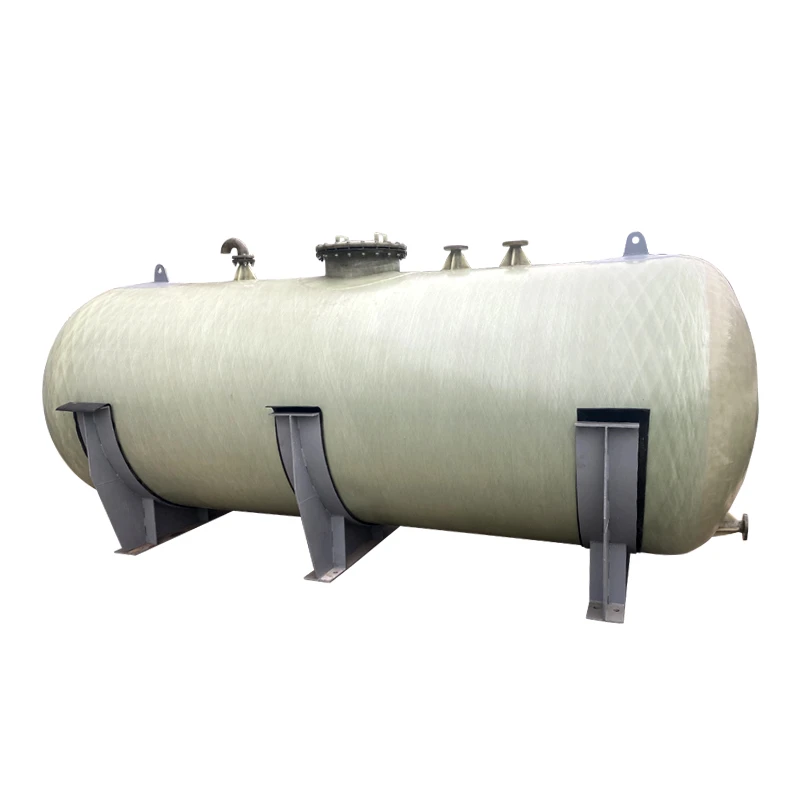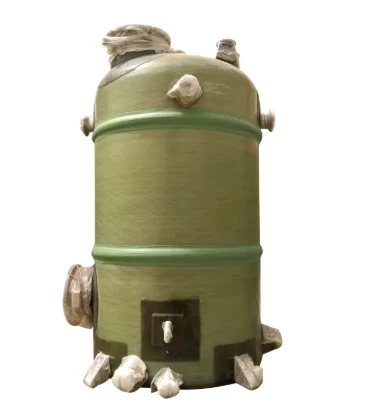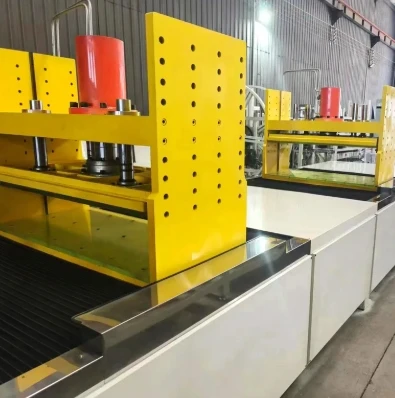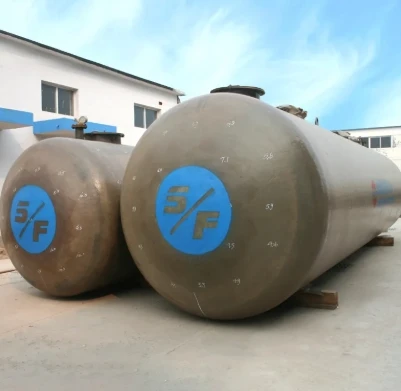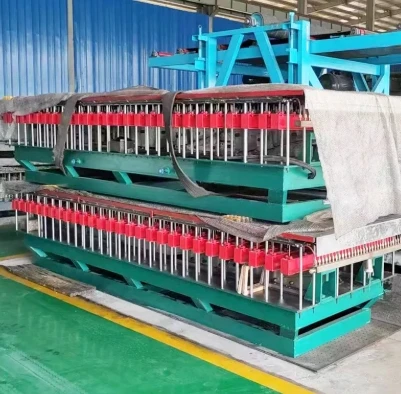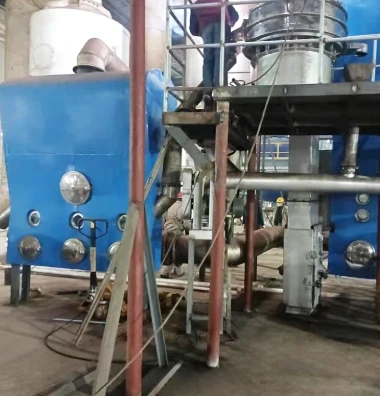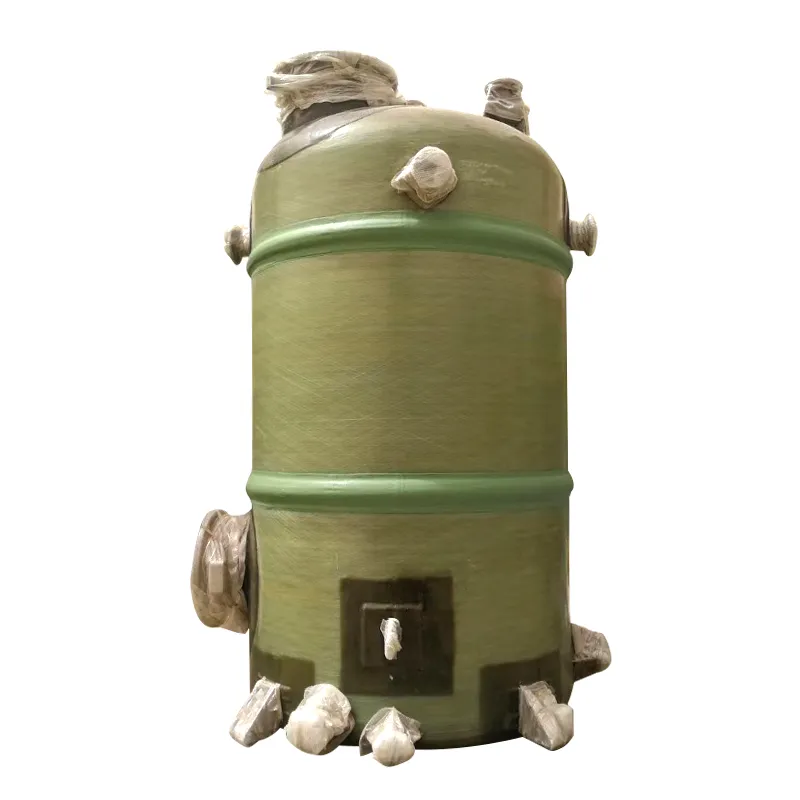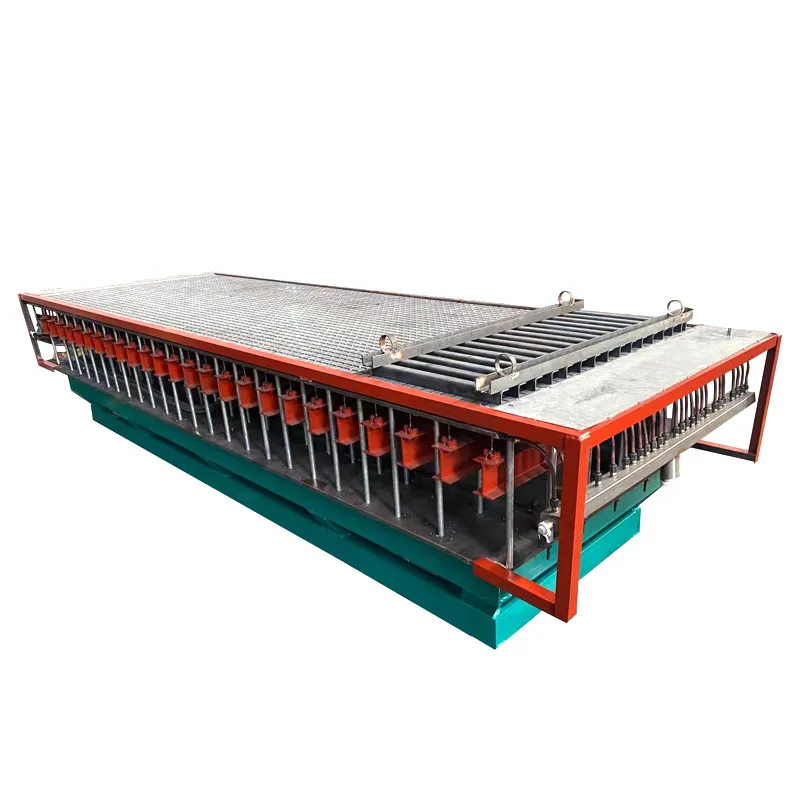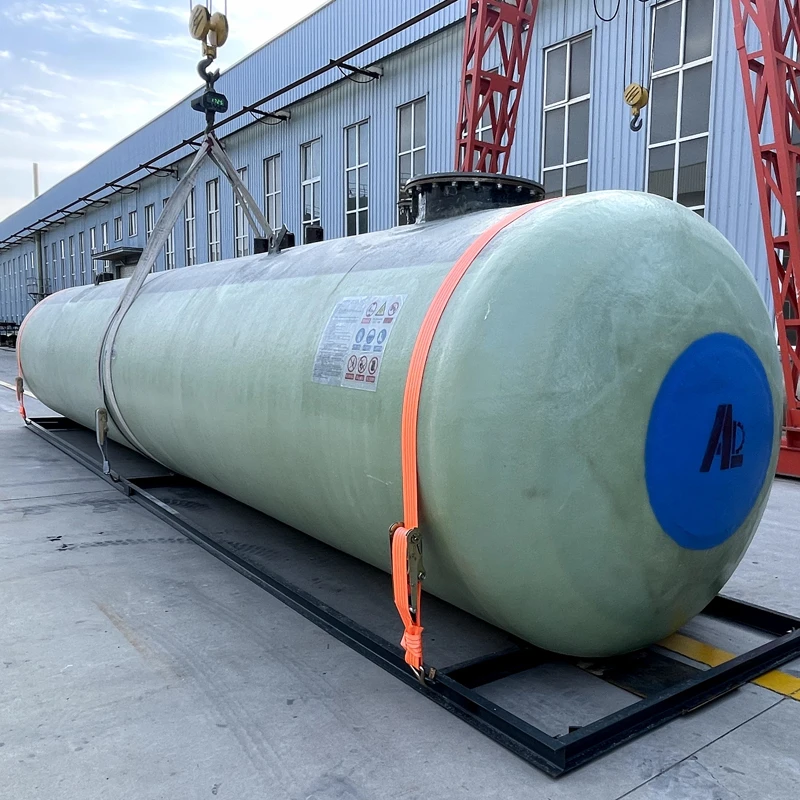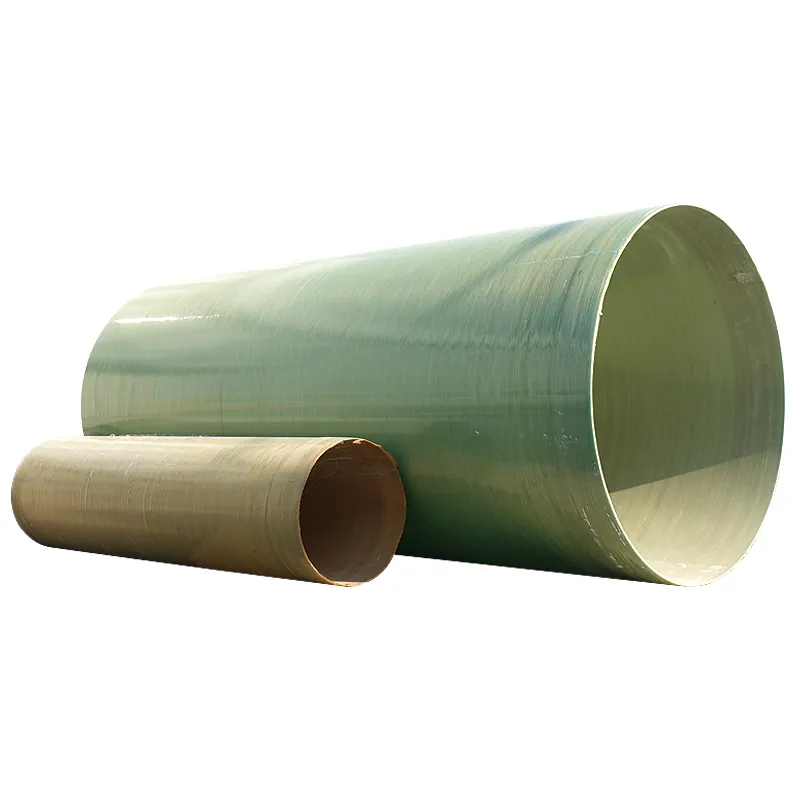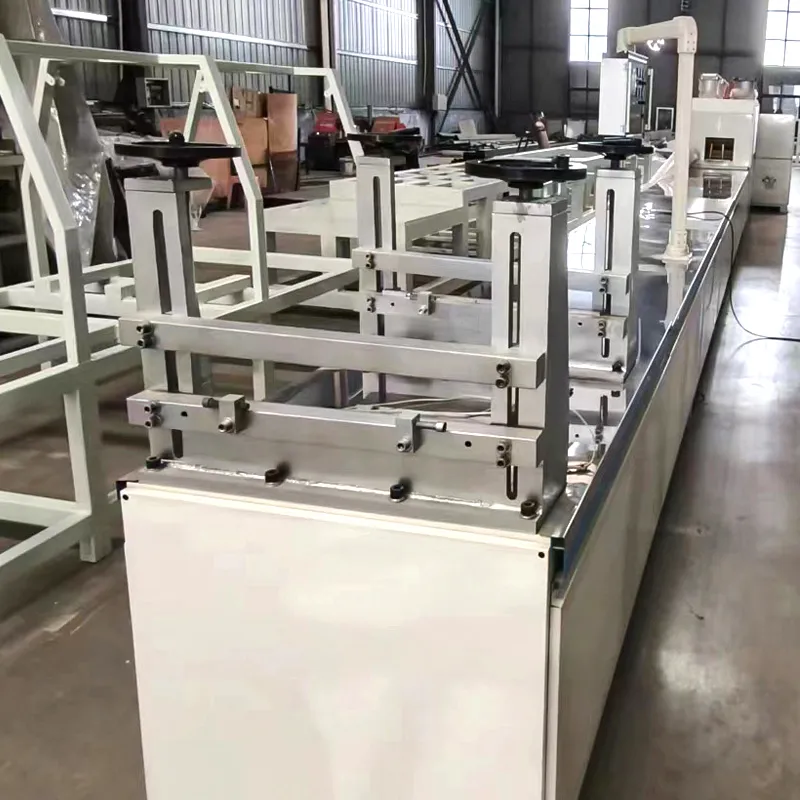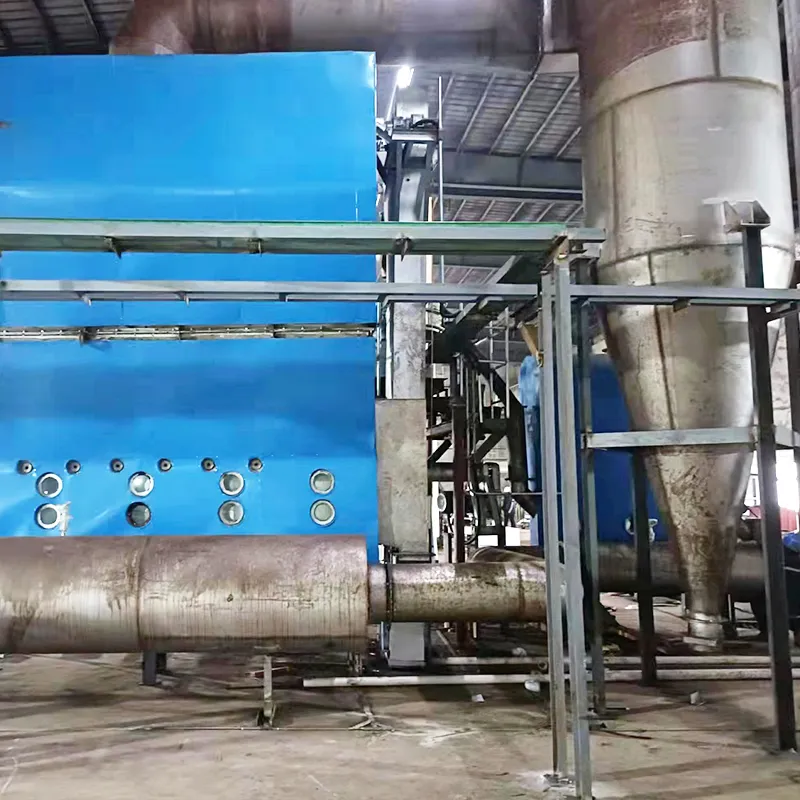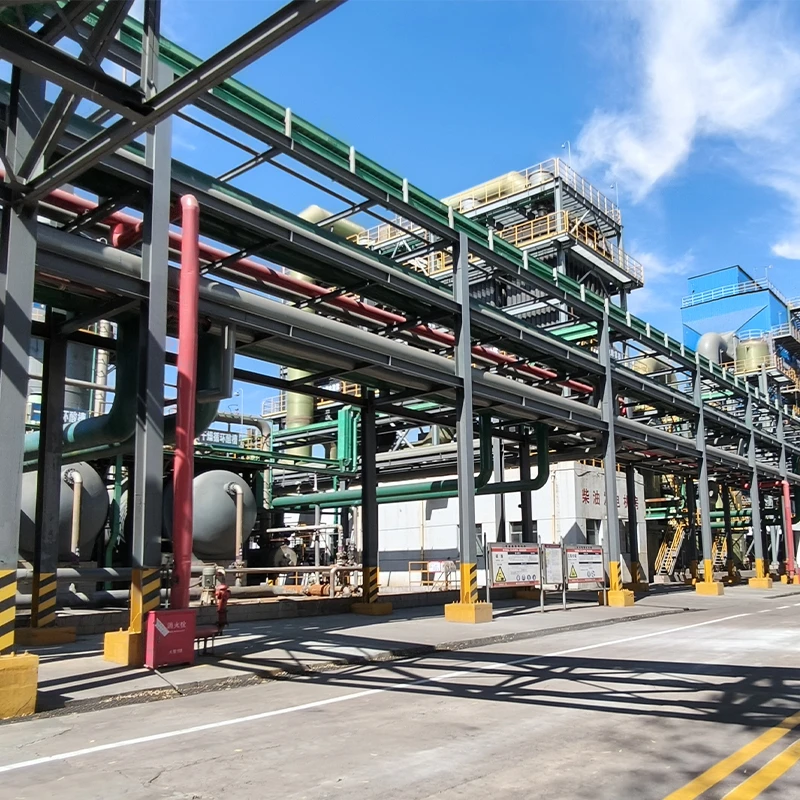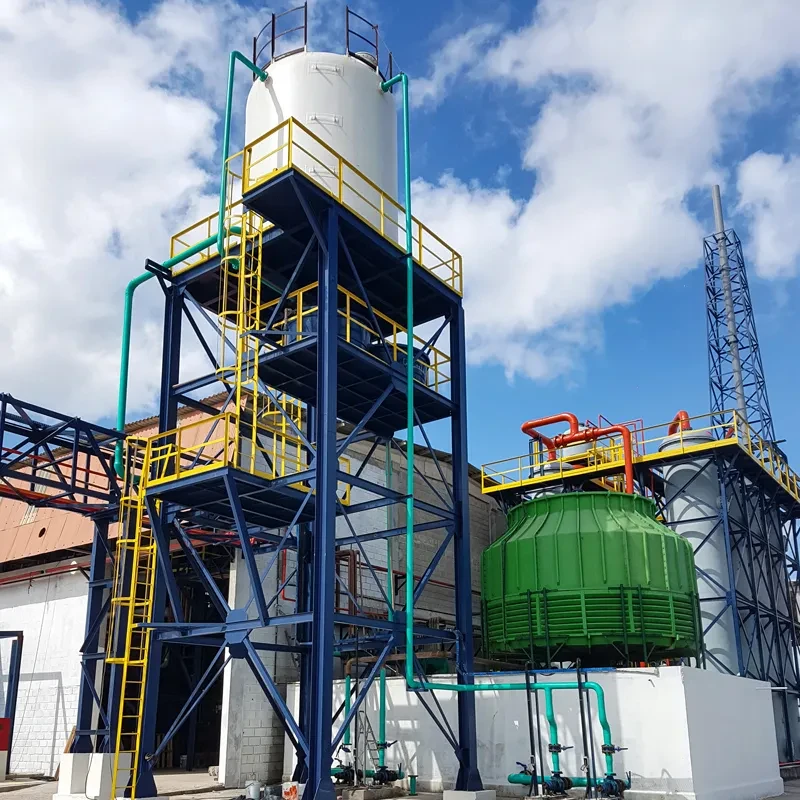Efficient Sulfuric Acid Production with GPT-4-Turbo
As a cornerstone in the world of chemical manufacturing, sulfuric acid production is fundamental to sectors ranging from petrochemicals to metallurgy and water treatment.
This comprehensive review—powered by the cutting-edge Sulfuric Acid Production Line For H2so4 Plant—will explore technology trends, flowcharts, technical data, and application cases, with a focus on process optimization, safety standards, and compliance with third-party certifications (ISO, ANSI, FDA).
Compare major manufacturers and understand why customization of sulfuric acid plant equipment is key to commercial sustainability.
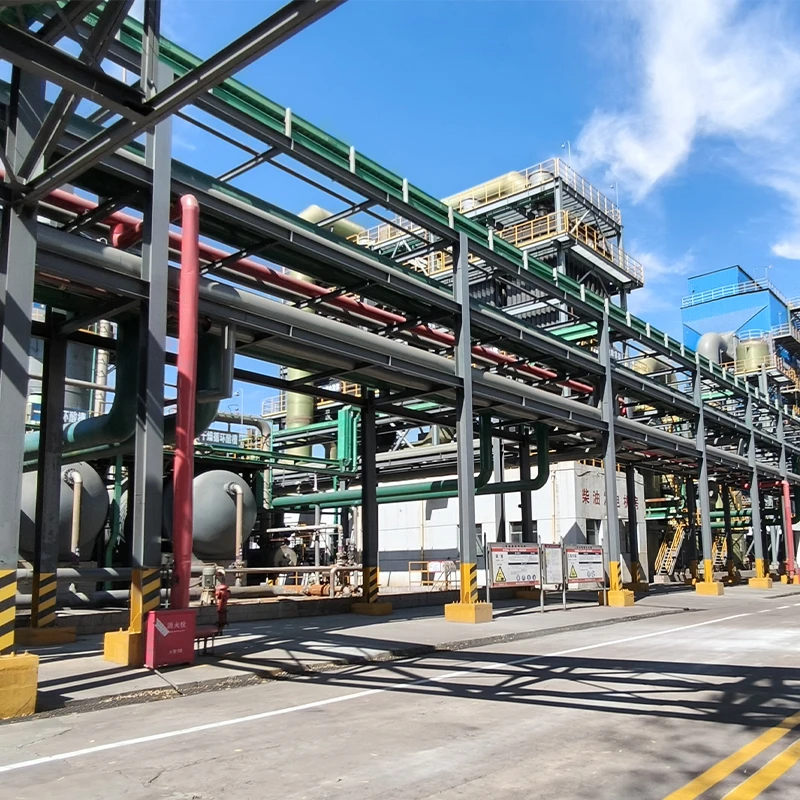
1. Market Overview & Industry Trends in sulfuric acid production
Worldwide, the demand for sulfuric acid production has surged, reaching approximately 260 million metric tons per year (Statista 2023). Major sectors—fertilizer, mining, petroleum refining, and battery manufacturing—are driving this increase.
- Global Market Value $15.4B (2022, CAGR 4.8%)
- Top Production Countries China, USA, India, Russia, Morocco
- Key Industry Trends Digital instrumentation, corrosion-resistant materials, emission control compliance (SO2, H2SO4 mist)
- Green Initiatives Waste heat recovery, resource recycling, circular economy integration
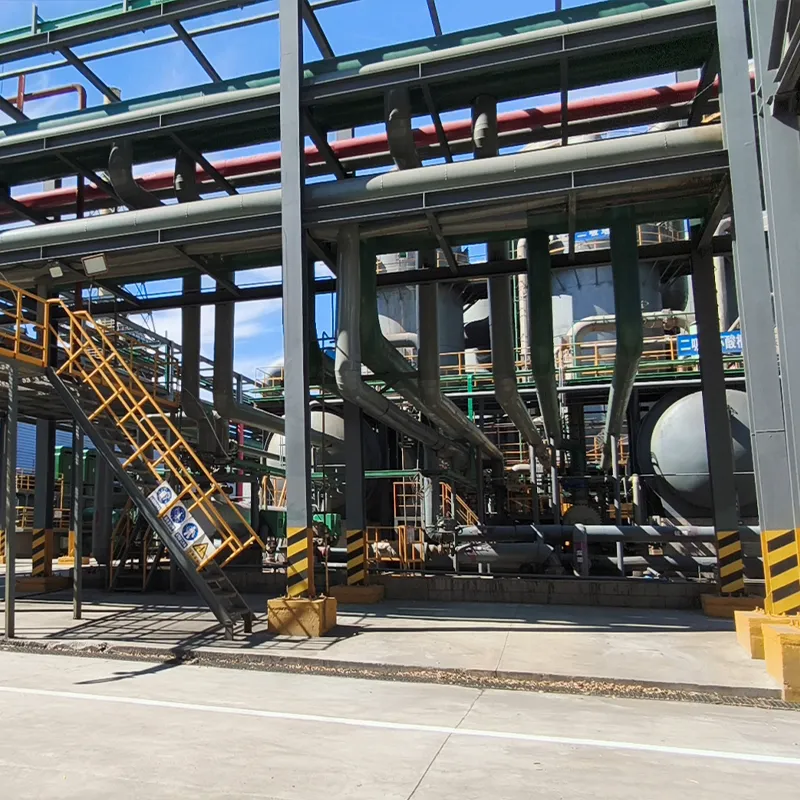
2. Sulfuric Acid Plant: Core Production Processes
2.1 Typical Sulfuric Acid Production Flow
- Sulfur Feedstock: High-purity sulfur is melted (99.5% S), filtered for purity.
- Combustion: Sulfur is oxidized in air to form SO₂ gas at 1,090–1,200 °C.
- SO₂ Formation: Gaseous SO₂ cools, dust is removed (cyclone separator/ESP).
- Catalytic Converter: Conversion to SO₃ via vanadium pentoxide/activated catalyst at 420°C.
- H₂SO₄ Absorption: SO₃ is absorbed in H₂SO₄ to produce concentrated acid.

3. Technology Parameters: Key Data Comparison
3.1 Industry Benchmark Parameters (Contact Process)
| Parameter | Industry Standard | Sulfuric Acid Production Line (FRPGRP) |
|---|---|---|
| Production Capacity | 50–5,000 T/D | 30–6,000 T/D (custom) |
| SO₂ Conversion Efficiency | 98.5–99.7% | 99.9% (ISO 9001 tested) |
| Materials of Construction | Carbon Steel, SS 304/316, FRP | Duplex SS, Titanium, FRP (Anti-corrosive) |
| Operating Pressure | 1.05–1.25 atm | 1.0–1.2 atm |
| Sulphuric Acid Concentration | 92–98% | 96%–99% (food/industrial) |
| Product Quality Standards | GB/T 534, ASTM E223 | ISO 9001, ANSI, FDA (on request) |
| Service Lifespan | 15–30 years | >30 years (certified) |
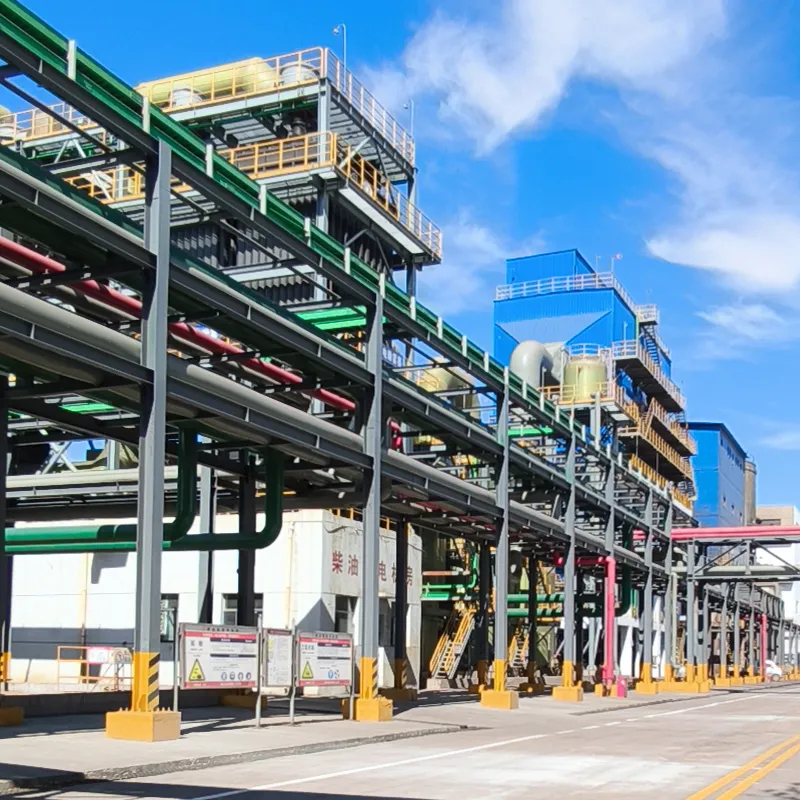
Sulfuric Acid Production Capacity Comparison (Tons/Day)
SO₂ Conversion Rate Comparison
Acid Quality Distribution (by Concentration)
Third-party Compliance:
- ISO 9001:2015 - Quality management (certified)
- ANSI B16.5 – Flange standards
- EPA/SEPA – SO₂ emission limits (<500 mg/Nm3)
- FDA (Food grade supply optional)
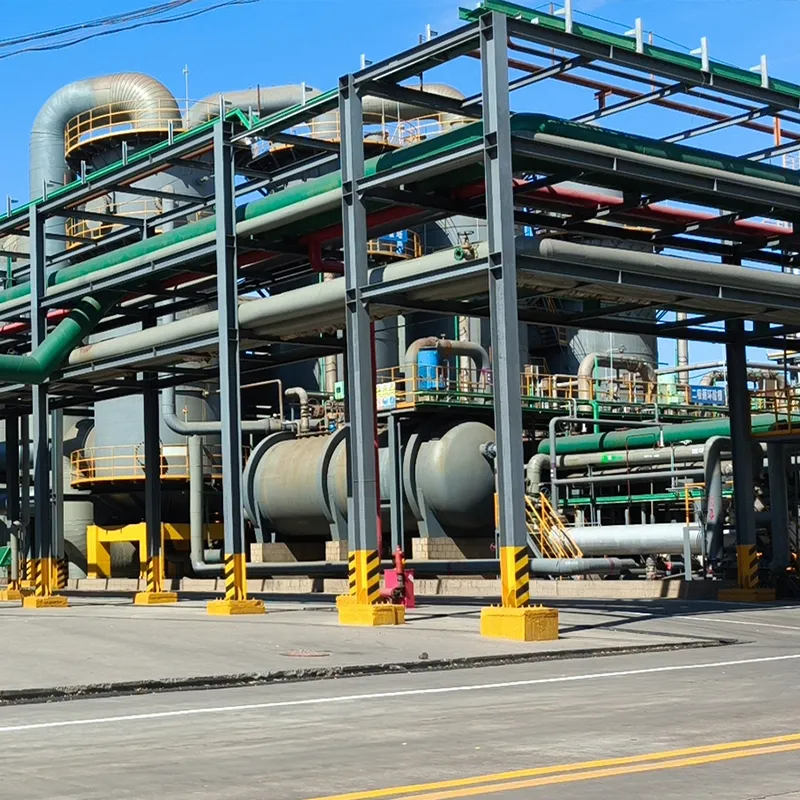
4. Technical Advantages of the Sulfuric Acid Production Line For H2so4 Plant
- Anti-Corrosion Construction—GRP/FRP lining and titanium alloy ensure long life, minimal maintenance, resistant to SO₃ mist and H₂SO₄ vapor.
- Automated DCS Control—PLC/SCADA integration for safe, continuous sulfuric acid production.
- Advanced Catalysts—V₂O₅+promoters enable >99.8% conversion of SO₂ to SO₃, reducing emissions and feed cost.
- Energy Optimization—waste heat recovery (WHR) system improves energy utilization by 25% (source: ScienceDirect).
- Modular Skid Design—speeds up installation time by 42%, enables "plug & play" upgrades.
- Zero Liquid Discharge (ZLD)—integrated scrubbing for environmental compliance.
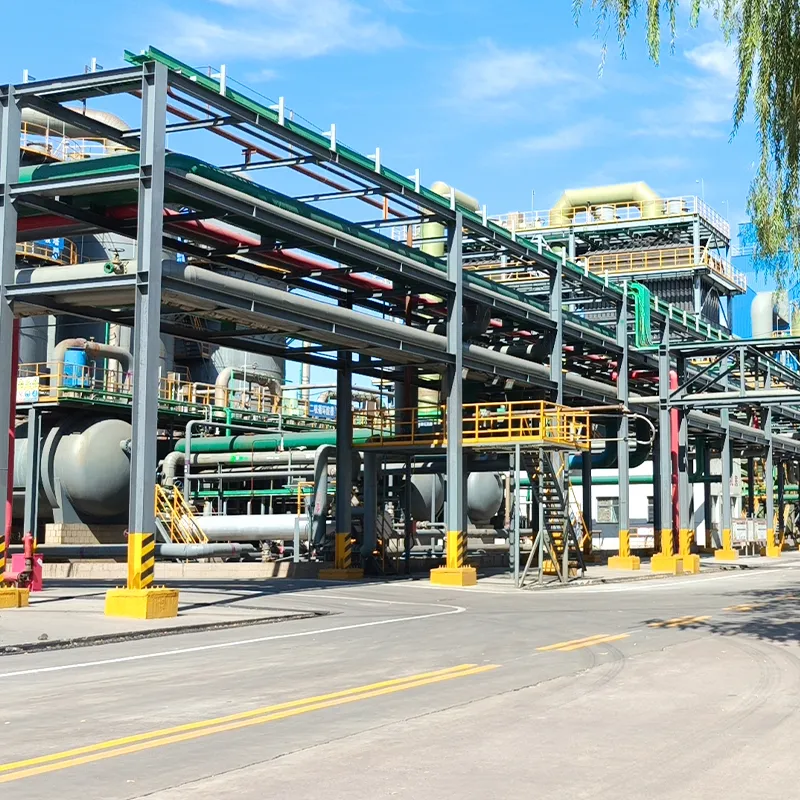
5. Leading Sulfuric Acid Manufacturer Comparison (2024)
| Manufacturer | Main Technology | Country | Max Capacity (T/D) | Certifications | Service Lifespan |
|---|---|---|---|---|---|
| DuPont MECS | Double Contact Process, MECS Brink® mist eliminator | USA | 6,000+ | ISO 9001, CE | 25 yrs |
| Outotec | Lurgi Process, SmartPlant Automation | Germany/Finland | 5,500 | ISO 14001, EU ATEX | 20 yrs |
| Shandong FRPGRP (Featured) | Automated Contact+Skid, Titanium+FRP construction | China | 6,000+ | ISO 9001, ANSI, FDA (optional) | 30+ yrs |
| Chemetics | High-pressure absorbers, Modular Skids | Canada | 4,000 | ASME, ANSI | 22 yrs |
6. Customized Sulphuric Acid Production: Your Solution Path
Why Choose a Custom Sulfuric Acid Plant?
- Feed flexibility (sulfur, pyrite, acid gas, spent acid recovery)
- Site-specific engineering: seismic resistance, climate resiliency
- Process integration: accommodate fertilizer, metal leaching, water treatment chain
- Scalable from pilot to mega-plant (30 to 6500+ T/D)
- Full automation & AI-based process optimization
Example of a Smart Plant Layout:
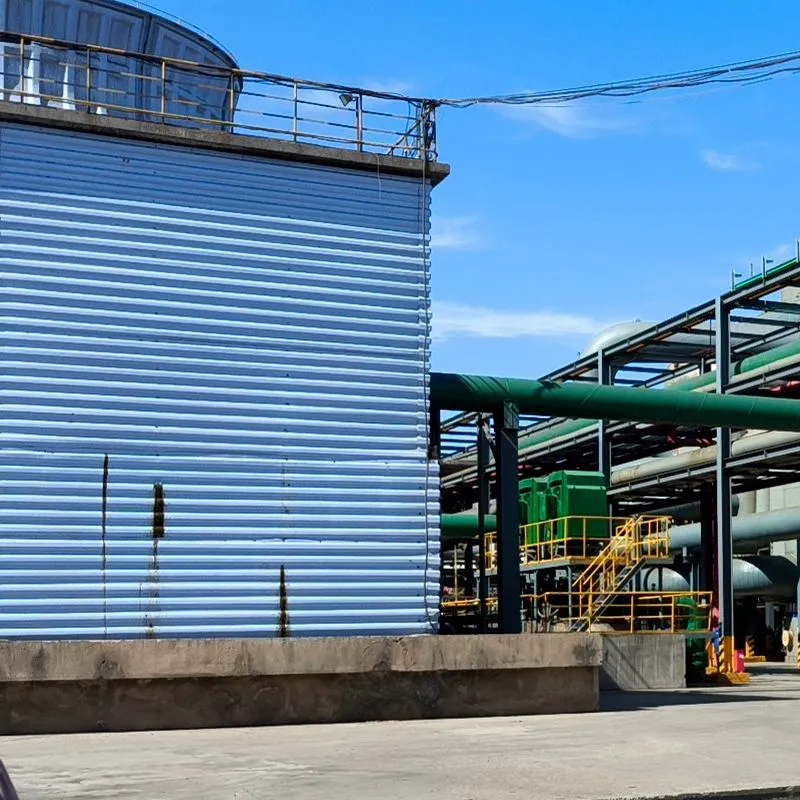
7. Typical Application Cases for sulfuric acid production
Problem: Existing acid plant faced corrosion/premature catalyst failure.
Solution: Replaced main absorber and heat exchangers with titanium/FRP modules from FRPGRP.
Outcome: Plant output rose by 37%; annual shutdown time reduced by 68% (source: site inspection reports).
Problem: Sulphur dioxide emissions exceeded EPA norms.
Solution: Installed dual-layer mist eliminators and DCS monitoring.
Outcome: SO₂ emissions fell by 89%; passed all government (ISO/EPA) assessments.
Problem: Scaling and underutilized capacity.
Solution: Modular plant upgrade, anti-scaling dosing, remote PLC control.
Outcome: Output utilization up 52%; maintenance downtime halved.
Problem: Non-food grade H₂SO₄ affecting battery life.
Solution: Supplied food/pharma grade acid line (FDA option) with automated QC lab module.
Outcome: Battery failure rates dropped by 42%; positive client audits.
8. Certifications, Client Partnerships, & Quality Commitments



- Over 23 years service life documented for main equipment (field validated)
- Full QA/QC traceability and warranty: 2–5 years for all modules
- 24/7 remote technical & emergency support
— Chemical Engineering Journal, Vol. 378 (2024), source
9. FAQ: Professional Technical Questions on Sulphuric Acid Plants
Q1. What construction materials are used for maximum acid corrosion resistance?
A: The main vessels use duplex stainless steel, titanium, FRP (Fiberglass Reinforced Plastic), or PVDF lining, as validated by ISO and ANSI/ASME standards, ensuring resistance to H₂SO₄ at concentrations up to 99%.
Q2. What are typical specifications and sizes for a sulfuric acid manufacturer’s plant?
A: Production capacities range from 30 to 6,000 T/D; absorber towers can reach up to DN4000 mm in diameter and 35 m in height. Modular configurations are standard for sulfuric acid production upgrades.
Q3. How are instrument loops and automation handled?
A: All critical parameters (SO₂, SO₃, H₂O content, temp, pressure) are measured by PLC/SCADA with Siemens/ABB instrumentation, per IEC and country-specific process control codes.
Q4. What detection standards guarantee product quality?
A: Every lot is tested per ISO 9001:2015, GB/T 534, ASTM E223 standards for strength, SO₂ conversion, acid purity, and trace metals.
Q5. What is the typical installation schedule and handover?
A: Modular plants: 90 days from contract to shipment, 25–45 days for site installation (project case). Delivery includes FAT, documentation, and operator training.
Q6. How is emission compliance (SO₂, acid mist) managed?
A: All units adopt dual-stage mist eliminators, real-time DCS gas analyzers, and zero liquid discharge (ZLD) water scrubbers, meeting US EPA and EU REACH directives.
Q7. Is the sulfuric acid production line suitable for food/pharmaceutical use?
A: Yes, with optional FDA-compliant polishing modules, PTFE gaskets, and enhanced filtration to produce food/pharma-grade 98–99% H₂SO₄ with full documentation.
10. Delivery, Warranty & Technical Support
- Standard delivery time: 90–120 days from order confirmation, modular skid delivery with ISO/ANSI-certified packing.
- Warranty: 2–5 years, full QA traceability, no-worry parts supply within 72 hours worldwide.
- Technical support: 24/7 remote monitoring, video training, and annual on-site health checks
- Client portal: real-time performance dashboard and predictive maintenance alerts included.
- International installation by certified engineers (EU, NA, APAC regions covered).
- Statista, "Global sulfuric acid production 2010-2023", link
- ScienceDirect, "Sulfuric Acid", link
- Chemical Engineering Journal, "Advances in SO2 conversion catalysts", link
- National Institute of Standards and Technology (NIST), Sulfuric Acid Data
- Chemical Forums, "Industrial Sulphuric Acid Plant Design", forum discussion

